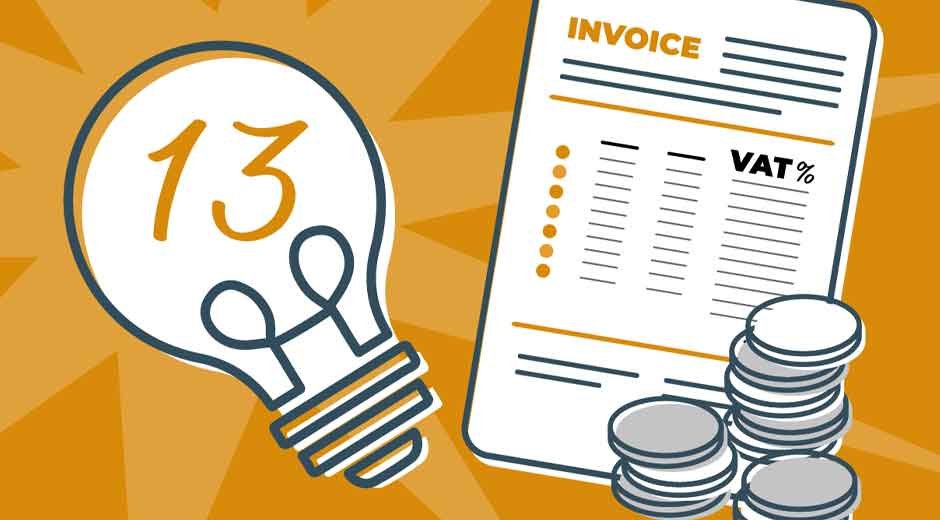How to Build a Chronic Pain Management Plan

Living with chronic pain presents significant challenges. It affects every aspect of your life, from your daily activities to your emotional well-being. To enhance your quality of life and regain control, developing an effective pain management plan tailored to your needs is essential.
This comprehensive guide will outline the crucial steps to create a complete strategy that addresses your specific requirements.
Spotting Your Pain Triggers
Identifying factors that exacerbate your chronic pain is crucial for effective management. Pain triggers vary among individuals and may include physical activities, dietary choices, emotional stress, or environmental factors. Maintaining a pain log helps track these triggers, revealing patterns and correlations between activities and pain intensity. When documenting your pain experiences, record the timing of pain onset, noting when it occurs during the day. Include details about the intensity and duration of each pain episode. Document your activities leading up to the pain occurrence. Make note of any food or beverage consumption that might have contributed to the discomfort. Record your emotional state when experiencing pain episodes. Analyzing your pain diary enables you to identify specific triggers and make informed decisions about lifestyle modifications. This knowledge proves invaluable in avoiding pain-inducing factors and shaping your management strategy to address these challenges effectively.
Do Your Research
Building a chronic pain management plan starts with educating yourself about your condition and the many treatment options available. Understanding the root causes of your pain, common triggers, and how different therapies work can help you make informed decisions. Reliable sources like medical websites, patient advocacy groups, and peer-reviewed articles are great places to begin. As you explore, you may come across alternative therapies such as chiropractic care with a chiropractor in Bellevue, or in your region. If that interests you, take time to consider your needs and comfort level in whatever way you decide. Keep a journal of what you learn and any questions that arise—this will be useful when speaking with your healthcare provider. Remember, no single approach works for everyone, so being well-informed empowers you to build a plan that’s tailored to your needs. The more you know, the more confident you’ll feel navigating your options.
Get Support From Medical Professionals
While self-education is important, working closely with medical professionals is essential for creating a safe and effective chronic pain management plan. Start by consulting your primary care provider, who can help identify the source of your pain and refer you to specialists if needed. Pain management doctors, physical therapists, and mental health professionals often work together to offer a well-rounded approach. These experts can guide you through treatment options such as medications, physical therapy, injections, or lifestyle changes based on your specific condition. They’ll also help monitor your progress and adjust your plan as needed. Open communication is key—be honest about what’s working, what isn’t, and how the pain is affecting your daily life. Your care team is there to support you, not just treat symptoms. With their guidance, you can build a plan that improves your quality of life and helps you regain control.
Create Doable Goals to Handle Pain
Setting realistic goals is fundamental to your chronic pain management strategy. These objectives should be personalized to your capabilities and needs, focusing on attainable outcomes that promote gradual but consistent improvement. Begin by establishing short-term targets that align with your current abilities and support your long-term vision for pain reduction. Goal setting requires careful consideration of several key elements. Your goals should clearly define your desired outcomes with precise details. Ensure you can monitor your progress through measurable indicators. Select objectives that match your current physical and emotional capacity. Align your goals with your broader health and lifestyle aspirations. Establish specific timeframes for achieving each goal. Consider increasing physical activity as an example. Start with modest goals, such as daily ten-minute walks. Gradually increase duration as your stamina improves. Celebrate your achievements, regardless of their size. Adjust your objectives as you progress and your needs evolve.
Document Your Progress and Make Changes
Continuous documentation of pain experiences, including intensity levels, triggering factors, and treatment effectiveness, provides valuable insights for informed decision-making. Your pain management approach should remain adaptable, acknowledging that your condition may evolve, potentially requiring modifications to treatments, objectives, or daily routines. Engaging with support communities, whether in-person groups or online forums, offers opportunities to share experiences and gain insights from others managing chronic pain. Your pain management strategy serves as a dynamic framework that evolves with your changing needs over time. Regular evaluation and refinement of your approach ensures continued progress and maintained control over chronic pain conditions.
Wrap Up
Developing and implementing a comprehensive chronic pain management strategy represents a significant step toward reclaiming control of your life. As you embark on this journey, practice self-compassion and patience. While chronic pain presents significant challenges, a well-structured plan combined with persistent effort leads to meaningful improvements.





